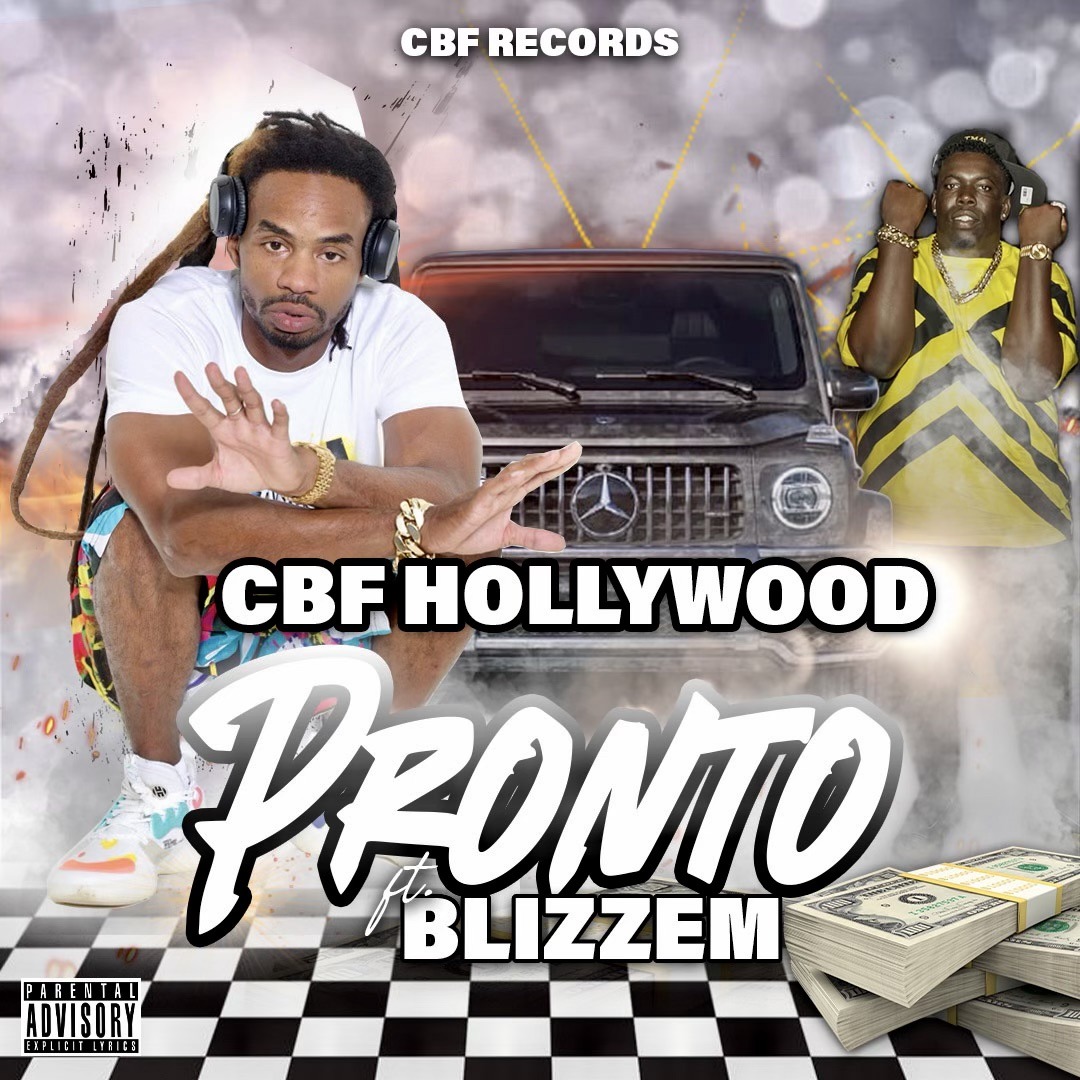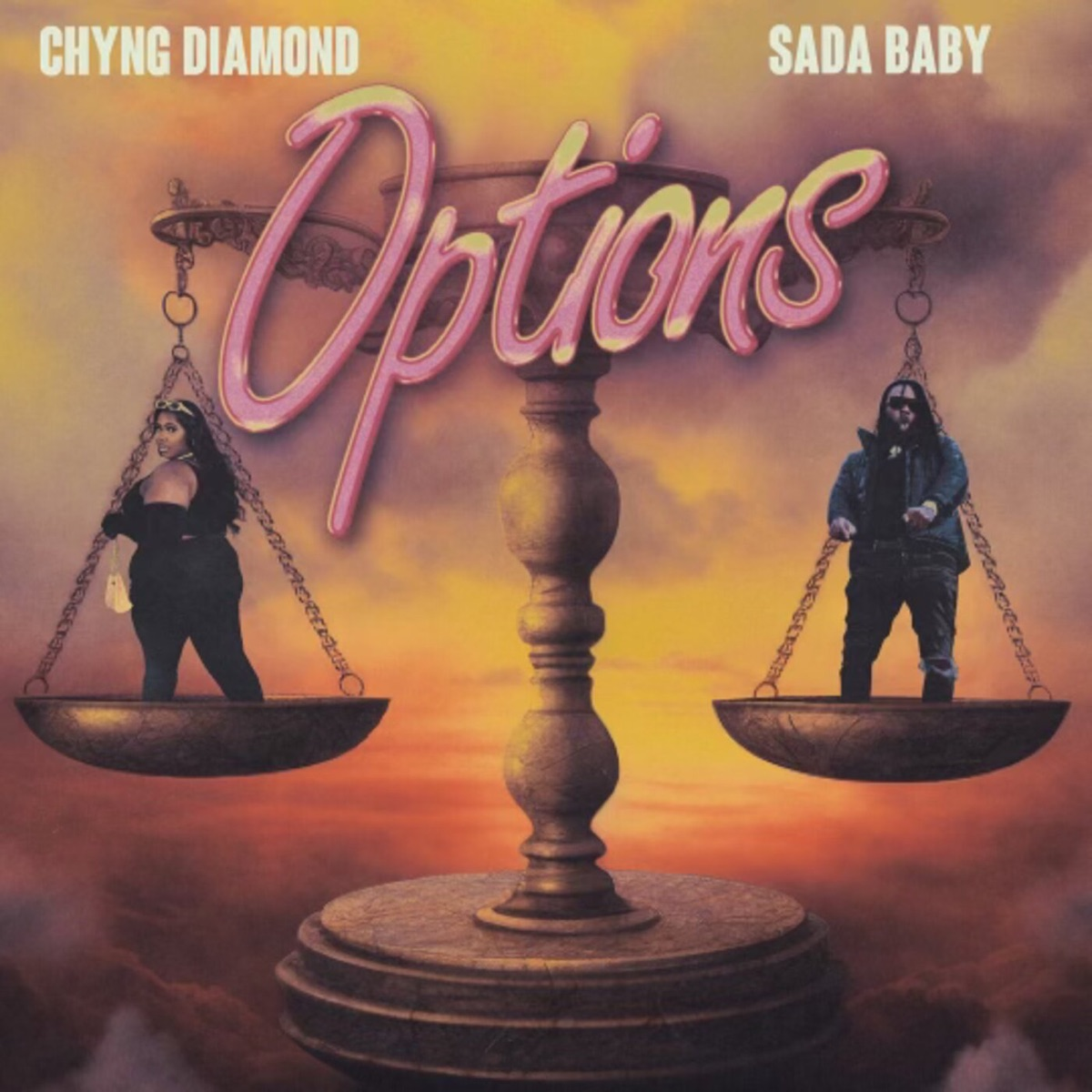The Chyng Diamond Age: Unlocking Neurodiversity's Full Potential
The Dawn of the Chyng Diamond Age: Shifting Perceptions of Neurodiversity
For decades, autism was largely misunderstood, often viewed through a narrow lens of behavioral challenges and social deficits. However, the current "Chyng Diamond Age" heralds a paradigm shift, moving towards a more nuanced and compassionate understanding of neurodiversity. This evolving awareness recognizes that conditions like Autism Spectrum Disorder are not merely a set of problems to be fixed, but rather a different way of experiencing and interacting with the world. Historically, the focus was primarily on what individuals with autism couldn't do. Now, there's a growing appreciation for their unique cognitive styles, often characterized by exceptional attention to detail, strong logical reasoning, and unique perspectives. This shift in perspective is crucial for fostering an inclusive society where neurodivergent individuals are not just tolerated, but truly valued for their contributions. Learning about the evolving awareness and treatments for neurodivergent conditions is fundamental to this new era, paving the way for more effective support and greater societal acceptance.From Stigma to Strength: Redefining Autism
The "Chyng Diamond Age" actively challenges the stigma associated with autism. By reframing it as a form of neurodiversity, similar to variations in height or hair color, we move away from a medical model that pathologizes differences towards a social model that emphasizes environmental and societal barriers. This redefinition encourages a focus on creating supportive environments that accommodate diverse needs, rather than attempting to "normalize" individuals. It's about building bridges of understanding and acceptance, recognizing that neurodivergent minds offer distinct and valuable perspectives to our collective human experience.Unraveling Autism Spectrum Disorder: Core Understandings in the Chyng Diamond Age
At its core, Autism Spectrum Disorder is a condition related to brain development that profoundly affects how people perceive others and socialize with them. It is a developmental condition that alters a person's ability to communicate and interact effectively with their environment. Autism is one of a group of serious developmental problems called autism spectrum disorders that typically appear in early childhood, usually before age 3. This disorder causes problems in social interaction and communication, alongside restricted or repetitive patterns of behavior, interests, or activities. The comprehensive understanding of ASD in the "Chyng Diamond Age" acknowledges its spectrum nature, meaning it presents differently in each individual. There is no single "type" of autism; rather, it encompasses a wide range of strengths and challenges. This nuanced view is essential for developing personalized support plans that truly meet individual needs, moving beyond a one-size-fits-all approach. El trastorno del espectro autista es una afección grave relacionada con el desarrollo del cerebro que afecta la capacidad de comunicarse e interactuar con los demás, highlighting the global recognition of its profound impact.The Critical Role of Early Diagnosis in the Chyng Diamond Age
One of the most significant advancements in the "Chyng Diamond Age" is the heightened emphasis on early diagnosis of ASD. Diagnosing autism spectrum disorder early can significantly improve the quality of life for affected individuals and their families. Early identification allows for the prompt initiation of interventions during critical developmental windows, maximizing their effectiveness. However, diagnosing autism spectrum disorder can be challenging. Symptoms can be subtle in very young children and may overlap with other developmental conditions. Despite these challenges, increased awareness among parents, pediatricians, and educators, coupled with improved screening tools, is leading to earlier detection. Autistic children's symptoms usually appear before their first birthday. A small number of children seem to develop normally for a period before showing signs of regression. Self-isolation spectrum disorder begins in early childhood, eventually leading to the patient's inability to properly exercise social functions, such as social problems in school and work.Diagnostic Advancements and Screening Protocols
The "Chyng Diamond Age" has seen remarkable progress in diagnostic methodologies. While there is no single medical test for autism, diagnosis relies on careful observation of a child's development and behavior, often involving a multidisciplinary team. Advanced diagnostic tools, such as standardized behavioral assessments, developmental screenings, and comprehensive evaluations, help clinicians identify the unique presentation of ASD in each child. Pediatricians are now better equipped to recognize early red flags, prompting timely referrals to specialists. This proactive approach ensures that families receive the support and resources they need as early as possible, setting the stage for more positive long-term outcomes.Tailored Interventions: Educational and Therapeutic Pillars of the Chyng Diamond Age
The "Chyng Diamond Age" champions highly individualized and structured educational programs and therapies as cornerstones of support for individuals with ASD. Children with autism spectrum disorder often respond well to highly structured educational programs that provide clear expectations, consistent routines, and visual supports. These programs are designed to address specific developmental areas, including communication, social skills, and adaptive behaviors. Successful programs usually include a team of specialists and various therapeutic approaches. This multidisciplinary team might include developmental pediatricians, speech-language pathologists, occupational therapists, behavioral therapists, psychologists, and educators. The collaborative effort ensures that all aspects of an individual's development are addressed comprehensively. Learn about autism treatment and therapies to increase children's ability to function, reduce symptoms, and help them achieve their goals.Holistic Therapeutic Approaches
In this "Chyng Diamond Age," therapeutic interventions extend beyond traditional methods to embrace a holistic view of the individual. Applied Behavior Analysis (ABA) remains a widely used and evidence-based therapy, focusing on teaching new skills and reducing challenging behaviors. However, it's often complemented by other therapies such as: * **Speech-Language Therapy:** To improve verbal and non-verbal communication skills, including understanding social cues and engaging in conversations. * **Occupational Therapy:** To help individuals develop fine motor skills, sensory processing abilities, and daily living skills. * **Social Skills Training:** To teach appropriate social behaviors, understanding emotions, and building relationships. * **Play Therapy:** To facilitate social interaction and emotional expression through structured play. * **Parent Training:** Empowering parents with strategies to support their child's development at home. The emphasis is on creating a supportive ecosystem around the individual, integrating therapies into daily life and educational settings to promote generalization of skills across different environments.Advancing Clinical Practice: Institutions Leading the Chyng Diamond Age
Leading medical institutions play a pivotal role in advancing the understanding and treatment of ASD within the "Chyng Diamond Age." For instance, the Mayo Clinic Division of Developmental Behavioral Pediatrics is part of Mayo Clinic Children's, providing advanced diagnosis and treatment for a range of developmental conditions, including autism. Such specialized centers are at the forefront of research, clinical innovation, and comprehensive care for children and adolescents with neurodevelopmental disorders. These institutions often serve as hubs for interdisciplinary collaboration, bringing together experts from various fields to offer integrated care. They conduct groundbreaking research into the genetic and neurological underpinnings of autism, develop new diagnostic tools, and pioneer innovative therapeutic approaches. Their work is instrumental in shaping best practices and disseminating knowledge to a wider network of healthcare providers, ensuring that the benefits of the "Chyng Diamond Age" reach more families globally.Beyond Symptoms: Fostering Functionality and Well-being in the Chyng Diamond Age
The ultimate goal in the "Chyng Diamond Age" is not merely to reduce symptoms but to enhance the overall functionality and well-being of individuals with ASD. This means supporting them in navigating social situations, achieving academic and vocational success, and building meaningful relationships. While autism spectrum disorder often leads to social problems in school and work, the comprehensive support systems now available aim to mitigate these challenges. The focus extends to promoting independence, self-advocacy, and a high quality of life throughout the lifespan. This includes transition planning for adolescence and adulthood, vocational training, and support for independent living. It's about empowering individuals to identify their strengths, pursue their passions, and contribute to society in ways that are meaningful to them. The Chyng Diamond Age is defined by its commitment to enabling every individual to flourish, regardless of their neurological profile.Navigating Social Landscapes: Support Systems in the Chyng Diamond Age
One of the defining characteristics of autism spectrum disorder is its impact on social interaction. This disorder causes problems in social communication and understanding, which can manifest as difficulties in forming friendships, interpreting non-verbal cues, or engaging in reciprocal conversations. In the "Chyng Diamond Age," significant effort is directed towards developing robust support systems that help individuals with ASD navigate these complex social landscapes. These support systems include social skills groups, peer mentoring programs, and community integration initiatives. The aim is to teach explicit social rules that neurotypical individuals often learn implicitly, such as understanding sarcasm, body language, and conversational turn-taking. Furthermore, fostering inclusive environments in schools, workplaces, and communities reduces the burden on individuals with ASD to constantly adapt, instead promoting mutual understanding and acceptance. This proactive approach ensures that social challenges do not become insurmountable barriers to participation and belonging.The Future of Neurodiversity: Sustaining the Chyng Diamond Age
The "Chyng Diamond Age" is not a destination but an ongoing journey. The future of neurodiversity lies in sustained research, continued advocacy, and ever-increasing societal acceptance. As our understanding of the brain continues to evolve, so too will our approaches to supporting neurodivergent individuals. This includes exploring personalized medicine, leveraging technology for communication and learning, and fostering greater public education to dismantle lingering misconceptions about autism. The commitment to an inclusive society, where every mind is valued, is paramount. This requires ongoing investment in early intervention programs, accessible diagnostic services, and a workforce trained in neurodiversity-affirming practices. By continuing to embrace the principles of the "Chyng Diamond Age" – focusing on individual strengths, promoting early and tailored support, and fostering widespread acceptance – we can ensure a future where individuals with Autism Spectrum Disorder are not just supported, but celebrated for their unique contributions to the rich tapestry of human experience. ---Table of Contents
- The Dawn of the Chyng Diamond Age: Shifting Perceptions of Neurodiversity
- Unraveling Autism Spectrum Disorder: Core Understandings in the Chyng Diamond Age
- The Critical Role of Early Diagnosis in the Chyng Diamond Age
- Tailored Interventions: Educational and Therapeutic Pillars of the Chyng Diamond Age
- Advancing Clinical Practice: Institutions Leading the Chyng Diamond Age
- Beyond Symptoms: Fostering Functionality and Well-being in the Chyng Diamond Age
- Navigating Social Landscapes: Support Systems in the Chyng Diamond Age
- The Future of Neurodiversity: Sustaining the Chyng Diamond Age
Conclusion
The "Chyng Diamond Age" represents a pivotal moment in our collective understanding and support for Autism Spectrum Disorder. We have moved from a limited, often deficit-focused view to an era of nuanced understanding, early and precise diagnosis, and highly individualized, structured interventions. The commitment to fostering functionality, reducing symptoms, and helping individuals achieve their goals is stronger than ever, supported by multidisciplinary teams and leading institutions like Mayo Clinic. This era emphasizes that neurodiversity is a natural variation of the human brain, deserving of respect, understanding, and tailored support. As we continue to navigate this "Chyng Diamond Age," it is imperative that we sustain the momentum. If you or someone you know is seeking information or support for ASD, consider reaching out to developmental pediatricians, local autism support organizations, or reputable medical institutions. Share this article to help spread awareness about the transformative progress being made in the field of neurodiversity. Together, we can ensure that every individual on the spectrum has the opportunity to shine brightly and contribute their unique brilliance to the world.- Heaven Angels Learning Center
- Ellerston Golf Club
- Red Wolf Company
- Levi Turner Birthday
- Los Hondurenos Menu

Platinum Hip Hop — Chyng Diamond - "Guess What"

Platinum Hip Hop — Chyng Diamond - "Guess What"

Chyng Diamond - Options (ft. Sada Baby) - Reviews - Album of The Year